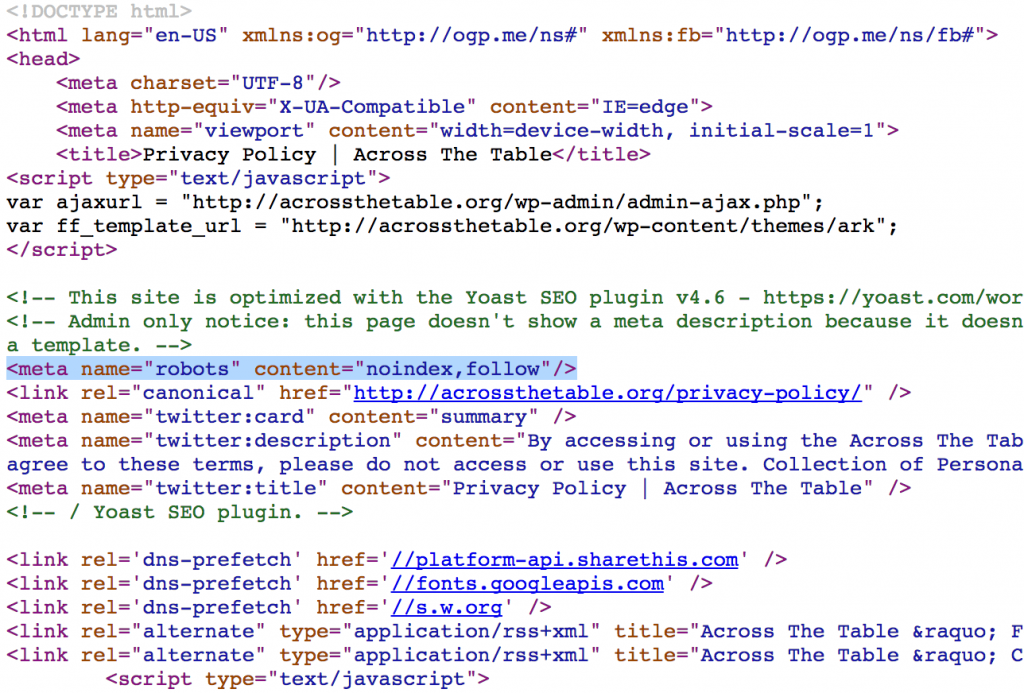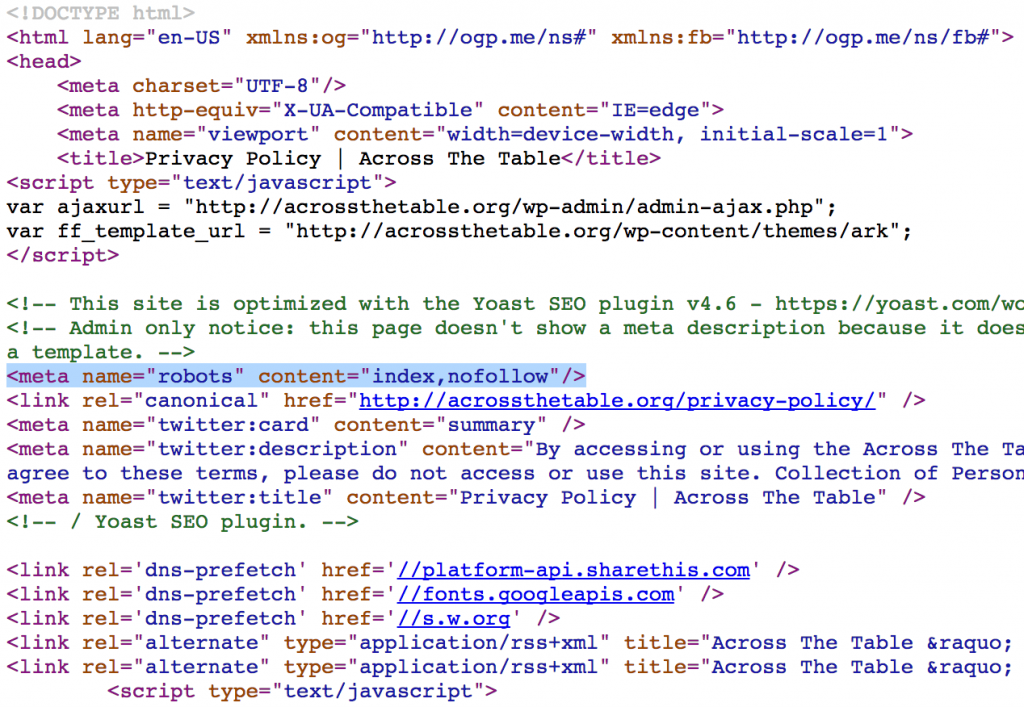
What is the Difference Between NoFollow and NoIndex?
Digital marketers spend a lot of time and energy perfecting each page of content on a website. Each page has a purpose, with well-researched and strategically worded content that has a target user in mind. Content is generated to bring in leads and build authority to web pages and their respective domains. These pages are then submitted for index to search engines so they can be crawled and ultimately stored with the goal of being found by your end user.
There are pages, however, that should not be crawled. These pages can hinder the hard work you put into creating that beautiful and bespoke content. With that in mind, you’ll need to know the correct way to inform search engine crawlers that you don’t want your content to be indexed or crawled.
What is NoIndex?
NoIndex is a meta tag that is added into the header code of a web page to tell search engines that while they can crawl the page to understand it’s content, they cannot index the page to appear in search engine results. This is an example of how NoIndex appears in the source code of a web page:

What is NoFollow?
NoFollow is a meta tag that is added into the header code of a web page that tells search engines not to follow the links on that page. This essentially disavows the links on that page and informs the search engine to not pass any authority or “link juice” onto the pages that are linked within your content. This is an example of how NoFollow appears in the source code of a web page:

How Are They different?
NoIndex and NoFollow are quite different in utility. You will use NoIndex when instructing a search engine not to store your web page for display in search results while you will use NoFollow when you are instructing search engine crawlers not to follow the links that are on your page. Therefore, NoIndex is for your web page and NoFollow is for the links that exist on your web page.
When Should I Use Each?
An example of the NoIndex meta tag is a Thank You page. You would not want a search engine to display the thank you page in a search engine results page as this is typically a page that a user lands on after they have completed your lead generation form. In order for search engines to know that this page should not be stored, you must indicate the NoIndex meta tag in the header code of your web page. Other examples of pages you wouldn't want to be indexed by search engines include Privacy Policy, Terms & Conditions and Page Not Found pages.
An example of the NoFollow meta tag is also a landing page. If your landing page lists a link to your offer, say a 10 Tips to Make The Most Of Your Digital Marketing Efforts ebook, you would want to ensure that the search engine crawler does not crawl that link and start indexing that content.
Learning the resources to protect and optimize your content for search engines is a critical piece of your content marketing and lead generation initiatives. Using NoFollow and NoIndex meta tags correctly will help you make the most of your content strategy and make sure you aren’t losing out on precious leads.
How Do I Implement NoIndex or NoFollow On My Website?
If you use WordPress, we recommend the free Yoast SEO tool to manage your on-page SEO efforts. In order to activate the NoIndex and NoFollow features, you must enable the "advanced settings" in the settings pane of Yoast.

From there, you will find the options to implement NoIndex and NoFollow rules on each page of your website.


Easy as pie!

Kiley
Founder & CEO
Kiley Peters is the Founder and CEO of Brainchild Studios, a boutique audience research, content strategy, and website creation agency primarily serving brands targeting Millennial Moms or business owners. She is also the Founder of the Work From Home Playbook, a series of online courses guiding aspiring entrepreneurial moms through the steps of starting a virtual business. She also launched the Brainchild Fund, a nonprofit initiative to support women and girls in business and entrepreneurship Follow her on Instagram.
more posts by Kiley →











Leave a Reply